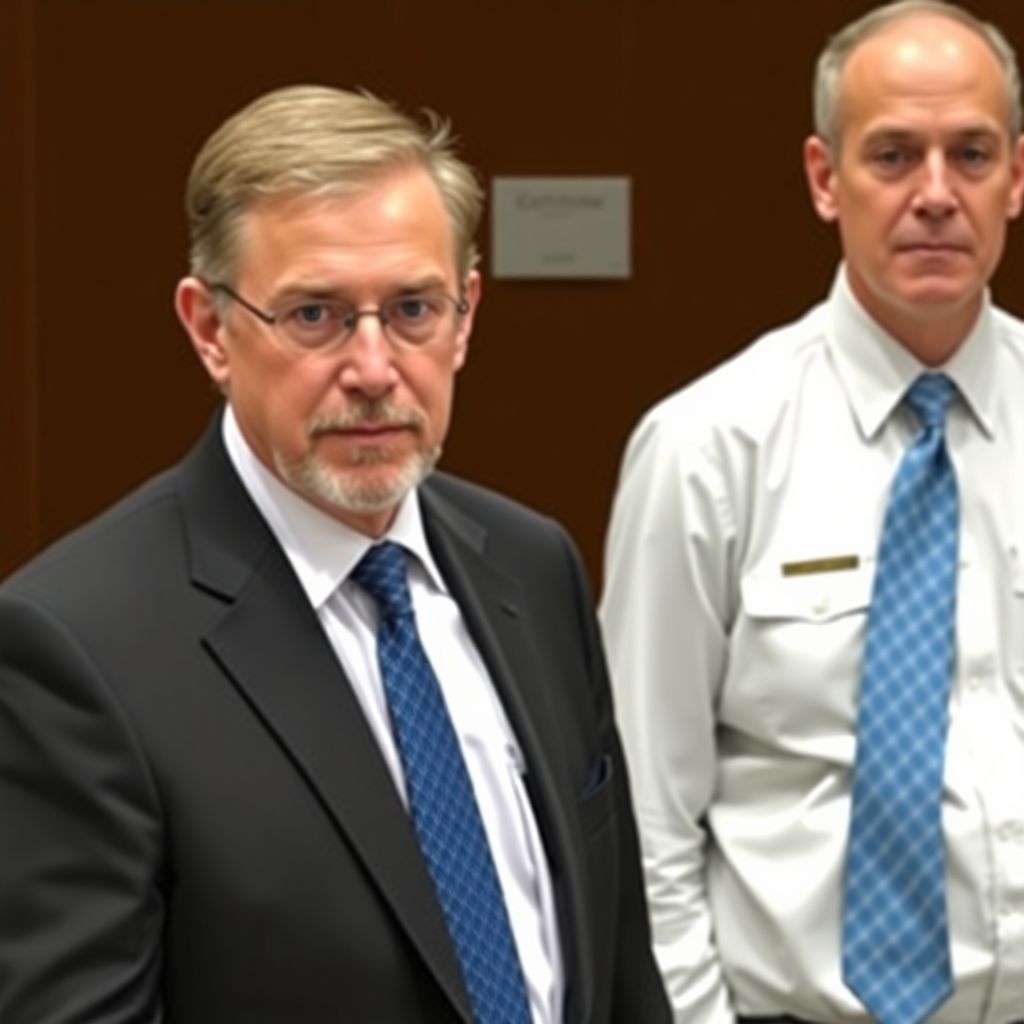US prosecutors have voiced strong opposition to the introduction of cryptocurrency policy arguments in a high-profile trial involving two brothers accused of orchestrating a $25 million exploit on the Ethereum blockchain. As the trial of Anton and James Peraire-Bueno enters its 11th day in the Southern District of New York, tensions are rising over whether outside perspectives on crypto regulation—specifically from advocacy group Coin Center—should be considered by the court.
At the heart of the legal battle is the use of MEV (maximal extractable value) bots. These bots allow users to strategically reorder, include, or exclude transactions within a block to gain financial advantage. Prosecutors allege that the Peraire-Bueno brothers weaponized this technology in April 2023 to execute a complex and deceptive scheme, resulting in the unauthorized extraction of $25 million in digital assets.
Coin Center has filed an amicus curiae brief—a document submitted by a third party not directly involved in the case—in an effort to provide context on the broader implications of the government’s legal approach. However, federal prosecutors have pushed back, arguing that such policy-driven arguments are irrelevant in determining the brothers’ guilt or innocence. In a formal letter to the presiding judge, they contended that the courtroom is not the appropriate venue to debate digital asset regulation, emphasizing that such matters should be addressed by legislators, not litigators.
According to the prosecutors, allowing Coin Center’s brief sets a dangerous precedent by inviting jury nullification—where jurors acquit a defendant despite evidence of guilt due to disagreement with the law itself. “The only question before this Court is whether a rational jury could find the defendants guilty based on the presented evidence,” the letter stated. “Wider regulatory or industry concerns are not germane to that legal inquiry.”
Defense attorneys for the brothers, however, argue that Coin Center’s input offers an essential perspective, especially given the complexity and novelty of MEV strategies. In their response, they criticized the prosecution’s interpretation of Ethereum-based trading practices, suggesting it could criminalize a broad range of legitimate activities. “If the government’s theory prevails, nearly any competitive trading tactic that deviates from standard protocol—no matter how common or technical—could be construed as a federal offense,” the defense team warned.
The trial, which began on October 15, follows the indictment of the brothers on multiple counts, including conspiracy to commit wire fraud, conspiracy to commit money laundering, and conspiracy to receive stolen property. Each charge carries a potential sentence of up to 20 years in prison.
The case is being closely watched throughout the crypto industry, as its outcome could set a significant precedent for how blockchain-based trading strategies are interpreted under U.S. law. If the court aligns with the prosecution’s arguments, it could open the door to broader criminal liability for developers and traders utilizing advanced blockchain tools.
MEV exploitation has become a growing concern in blockchain ecosystems, particularly on Ethereum. A report from the European Securities and Markets Authority noted that Ethereum-based MEV activities generated approximately $963 million in revenue between December 2022 and January 2025, with net profits around $417 million. This underscores the scale and profitability of such strategies, further fueling debate over their legality and ethical standing.
The government’s portrayal of the Peraire-Bueno brothers paints them as orchestrators of a deliberate “bait and switch” operation, designed to outpace and deceive other market participants. Prosecutors argue that the victims in this case were legitimate users who suffered financial losses due to the exploit. Defense attorneys, conversely, claim that the so-called victims were actually automated bots—specifically, “sandwich bots” that themselves engage in aggressive trading tactics. They maintain that the defendants were simply participating in a competitive marketplace using advanced strategies.
As the trial progresses, the judge’s decision on whether to accept Coin Center’s amicus brief could have wide-reaching implications. If the brief is admitted, it might broaden the scope of the case to touch on unresolved questions about internet governance, user autonomy, and the legal boundaries of blockchain innovation. If rejected, the case will remain tightly focused on the specific actions of the defendants, potentially leaving broader regulatory questions unanswered for now.
This legal showdown also highlights the growing tension between technological innovation and existing legal frameworks. Cryptocurrencies and decentralized finance tools regularly outpace the ability of lawmakers and courts to keep up. As such, lawyers, regulators, and developers are locked in a continual struggle to define what is permissible in this rapidly evolving space.
The trial is expected to continue into November, with further testimony and cross-examinations that could shed light on both the technical mechanisms behind the exploit and the intent of the accused. Regardless of the verdict, the case is likely to influence how future blockchain-related prosecutions are approached in the U.S., especially those involving complex algorithmic and market-manipulation strategies.
Looking ahead, legal experts suggest that the outcome could spur new legislation or at least a more defined regulatory stance on MEV and similar practices. While some advocate for clearer guidelines to distinguish between legal arbitrage and criminal exploitation, others warn that overregulation could stifle innovation in the blockchain and DeFi sectors.
Industry participants are watching with apprehension, recognizing that a conviction could set a chilling precedent for developers and traders experimenting with automated strategies. On the other hand, a not-guilty verdict could embolden further use of MEV bots, potentially escalating concerns around fairness and transparency in decentralized finance.
As the court deliberates over the admissibility of Coin Center’s input, a broader conversation is unfolding about the role of advocacy organizations in shaping legal interpretations of emerging technologies. While the courtroom may not be the traditional arena for policy debates, the high stakes of this case illustrate how legal outcomes can reverberate far beyond the individuals on trial.

